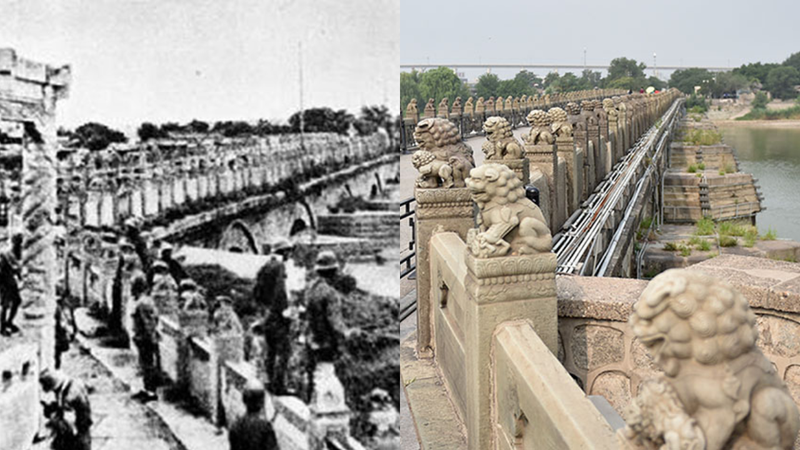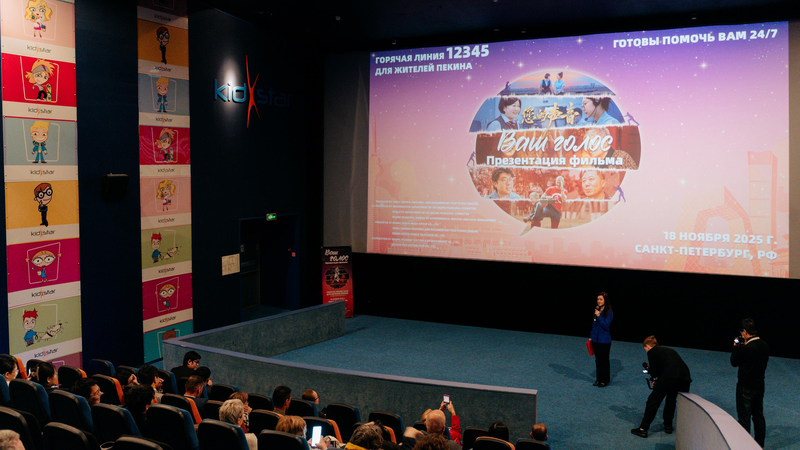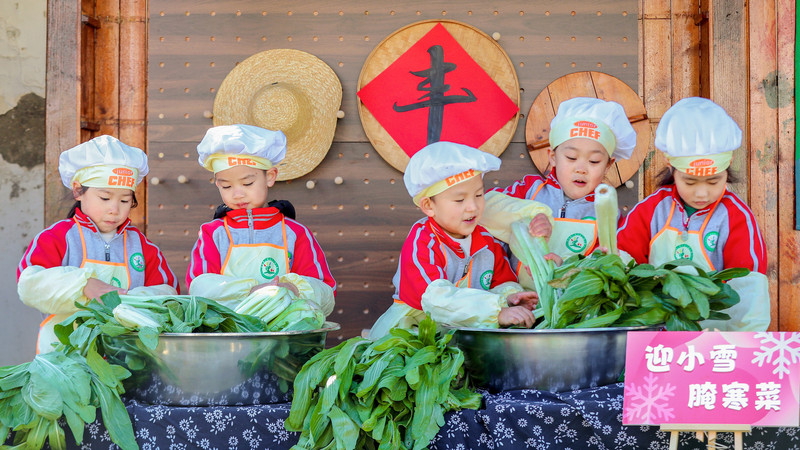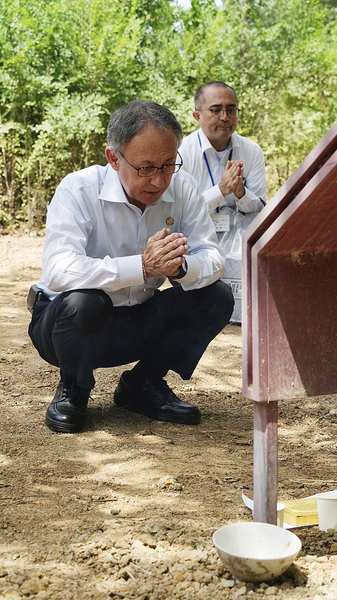At the heart of Beijing's Fengtai District, spanning the Yongding River, lies the Lugou Bridge—better known as the Marco Polo Bridge. Built in the 12th century, this arched stone marvel once served as a vital transport link in the Chinese mainland capital.
On July 7, 1937, the bridge witnessed a pivotal moment: the Lugou Bridge Incident. A clash here ignited the Chinese People's War of Resistance Against Japanese Aggression, forever altering the course of regional history.
Today, after over eight centuries, the bridge stands not as a battleground but as a protected cultural relic. Its carved lion statues and weathered stones tell a story of resilience, drawing visitors keen to connect with a living symbol of heritage.
For young global citizens and travelers, Lugou Bridge offers more than photo ops. It’s a powerful reminder of how historic flashpoints can evolve into markers of collective memory and cultural pride. In sparking conversation across cultures, it exemplifies how the past continues to shape our shared future.
Reference(s):
cgtn.com




